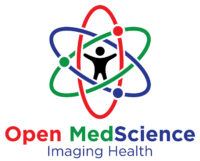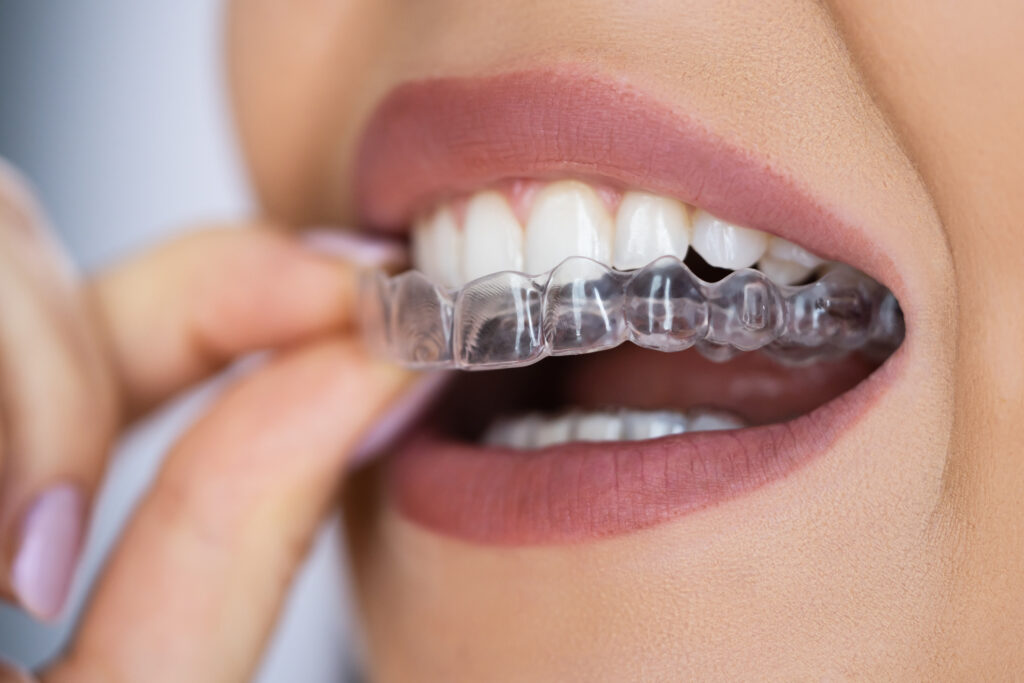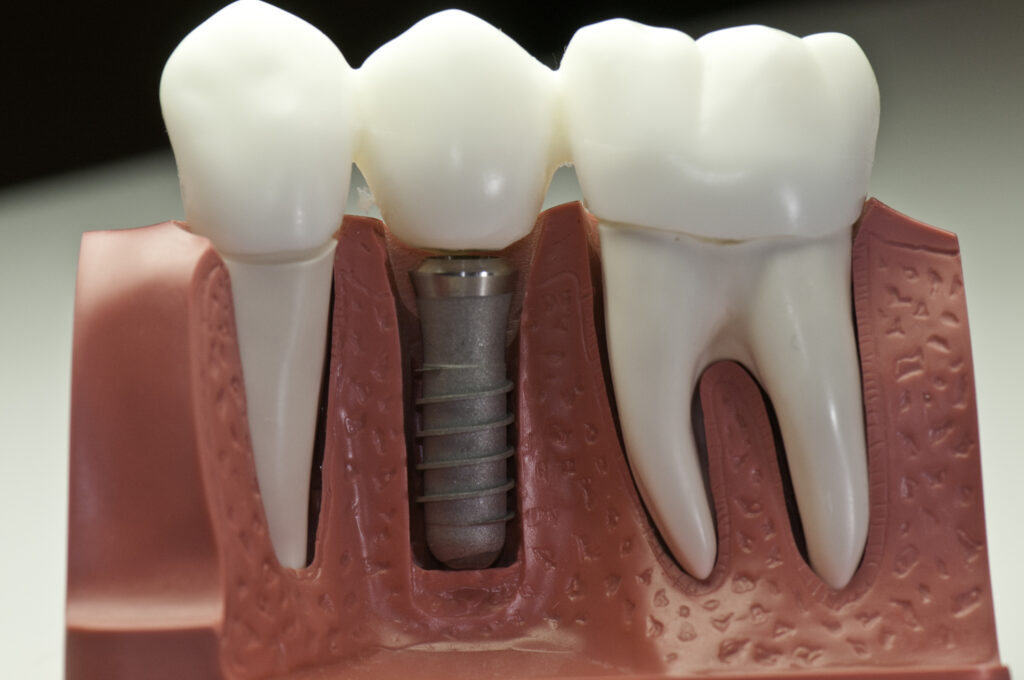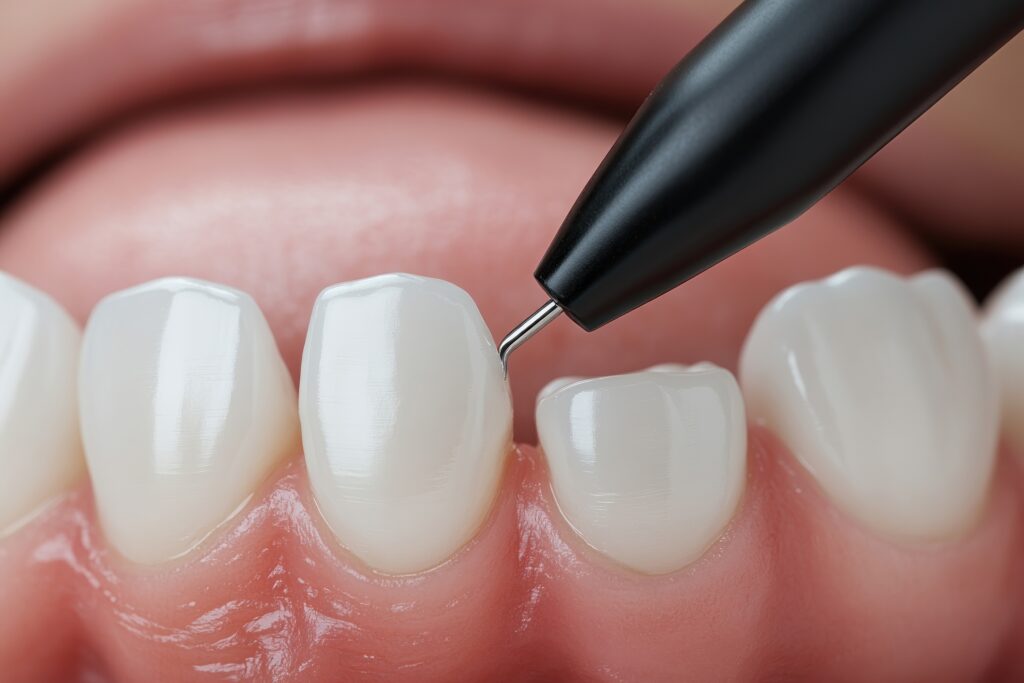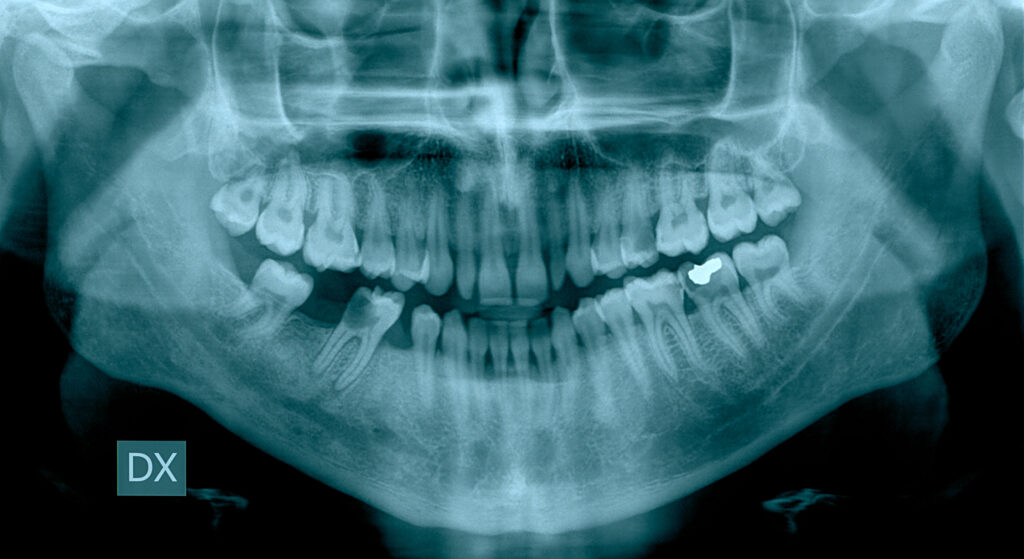When it comes to dentistry, it is not merely the usual brush, floss, and rinse routine. Everyone must also be aware of the technical aspects of dentistry. In fact, new technology is revolutionising how dentists diagnose, treat, and approach oral health.
Primarily, modern dentistry is no longer about cavities and cleaning. Rather, it is now about imaging, AI, and diagnostics that resemble something out of a sci-fi lab more than your neighbourhood dental office. The best part is that it is changing dentistry for the better.
Therefore, read on to get a better idea of how medical imaging is reshaping modern dentistry.
Ways Through Which Medical Imaging Is Reshaping Modern Dentistry
The following are some of the significant ways through which medical imaging is reshaping modern dentistry:
1. The X-Ray Era Is Evolving
Remember those dental X-rays back in the day? Then, you would have to bite down on plastic material and hope the technician does not complicate things.
Well, those are still available today. However, they are much advanced now. In fact, dentistry comes with Cone Beam Computed Tomography (CBCT). Actually, it is like a 3D map of your mouth – not just your teeth, but also your nerves, sinuses, bone density, and more.
Essentially, dentists utilise it to plan surgeries, detect hidden infections, and even guide implants with surgical precision. Moreover, it is fast. Hence, no more waiting around for film to develop like it’s 1995.
2. Imaging Meets Intelligence
This is where things are interesting. Presently, imaging is no longer visual. It has become smart.
In addition to that, AI algorithms are getting training to read dental scans. They can flag early signs of gum disease, bone loss, or even oral cancers. Sometimes, a few aspects slip past the human eye. However, AI catches them effectively.
Basically, it is not about replacing dentists. Rather, it is definitely giving them superpowers. Who wouldn’t want a second opinion from a machine that is capable of reading a million scans?
3. From Diagnosis to Design
Let’s say you have a cracked molar. Now, you might need a crown. In the past, that meant waiting weeks for a lab to make your teeth look hard.
Now, digital intraoral scanners take a 3D image of your mouth. That data gets fed into CAD/CAM software. This way, your new tooth is taken care of right there in the clinic.
Moreover, same-day dentistry is becoming popular. It is like walking in with a decayed tooth and walking out with a custom ceramic crown.
In fact, if you are looking for a dental clinic in Bandra, chances are they’re already using this technology. For instance, in a place like Mumbai, the dental scene is cutting-edge and competitive.
4. Seeing the Unseen: Radiotracers in Oral Health
Radiotracers (like the ones used in nuclear medicine) are starting to show up in dental research. This is because they can track biological processes in real time. Think about inflammation, bone metabolism, and even cancerous activity.
Carbon-14, for example, is used to study how drugs move through the body. In dentistry, it helps researchers understand how bone heals after implants or how periodontal disease progresses.
Obviously, it is not something you will see in your average clinic. Despite that, it is shaping the future of dental science behind the scenes.
5. Imaging for Prevention, Not Just Problems
This represents a significant shift in the world of dentistry. Earlier, imaging used to be reactive — you had pain, and the dentist took a scan.
Now, the system is more proactive. For instance, dentists utilise imaging technology to identify issues before they become problems. These include microfractures, early-stage decay, and thinning of the bone. In fact, all these are visible with high-resolution imaging.
Meanwhile, with AI now in the mix, it is like having a crystal ball for your mouth.
6. The Patient Experience Is Changing
To be honest, dental visits are not exactly fun. However, tech is making them less awful. Hence, you will know what treatment you will go through. Now, you will be able to see your scan on a screen, zoom in, and ask questions.
Basically, the treatment has become collaborative. Moreover, it builds trust. When you understand what’s happening inside your mouth, you are more likely to follow through with treatment.
What Are the Challenges of Medical Imaging?
Of course, medical imaging in dentistry is not at all smooth. At the outset, these machines are expensive (even for healthcare facilities). Moreover, training staff takes time. Also, not every clinic can afford to go fully digital.
There is also an issue of radiation exposure. Even though modern imaging uses less radiation than before, it’s still something to monitor, especially for kids and pregnant patients.
In addition to that, AI does not provide perfect analysis every time. Sometimes, it misreads scans or misses rare conditions. Therefore, human expertise remains essential.
The Way Forward
The world is heading toward personalised dentistry. Now, imaging will be tailored to your genetics, lifestyle, and risk factors. Apart from that, wearables might track jaw movement or grinding. Saliva tests may be able to predict cavities before they form. Moreover, medical imaging will tie it all together.
Therefore, it will provide dentists with a comprehensive view through the lens of their patients’ mouths. Although it sounds futuristic, it is already happening in research labs.
Disclaimer
The information provided in this article is intended for general informational and educational purposes only. It should not be regarded as professional dental or medical advice, diagnosis, or treatment. Always seek the advice of a qualified dentist, oral health specialist, or other healthcare professional regarding any questions or concerns you may have about your oral health or a specific medical condition. Never disregard professional advice or delay seeking it because of information presented here. Any mention of specific technologies, products, or clinics is for illustrative purposes only and does not constitute an endorsement by Open MedScience.
